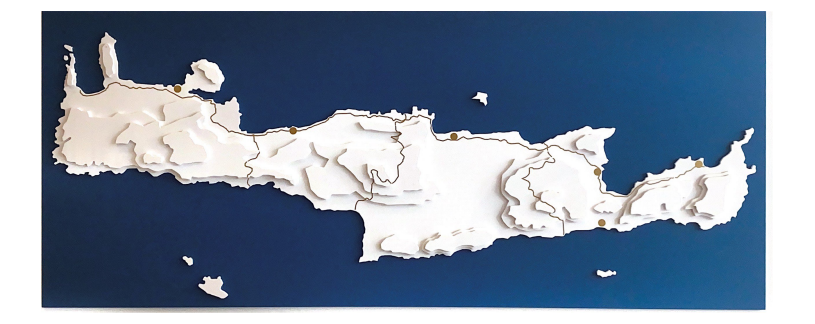
Crete: A Journey Through Time
Nestled in the embrace of the Mediterranean Sea, Crete stands as a testament to the eons of human history that have shaped this enchanting island. Steeped in mythology, adorned with ancient ruins, and pulsating with the echoes of diverse civilizations, the history of Crete is a captivating odyssey through time.
The Minoan Civilization:
At the heart of Crete’s historical narrative lies the Minoan civilization, one of the earliest advanced societies in Europe. Flourishing from around 2600 to 1100 BCE, the Minoans left an indelible mark on the island. The legendary Palace of Knossos, near the modern city of Heraklion, stands as an architectural marvel and a poignant reminder of their sophisticated culture. Intricate frescoes, such as the Prince of the Lilies, vividly depict daily life and ritualistic scenes, providing a window into the Minoan world.
Myth and Legend:
Crete is woven into the tapestry of Greek mythology. The myth of the Minotaur and the Labyrinth, associated with King Minos and the aforementioned Palace of Knossos, captures the imagination. These tales, immortalized in the works of ancient writers like Homer, contribute to the mystique surrounding Crete.
The Classical Period:
As the Minoan civilization waned, Crete became a prize sought by successive civilizations. The island witnessed the rise and fall of classical Greek city-states, including the prominence of Gortyn and the impact of the Dorian invasion. The imprint of Hellenistic culture is still discernible in the archaeological remnants scattered across Crete.
Roman, Byzantine, and Venetian Rule:
Crete’s strategic location made it a coveted prize for empires. Romans, Byzantines, and Venetians successively ruled the island, each leaving an architectural and cultural legacy. The Venetian fortifications, such as the fortress of Heraklion, are enduring symbols of this period, bearing witness to the ebb and flow of power.
Ottoman Domination:
In the 17th century, Crete fell under Ottoman rule, marking a chapter of significant social and economic change. The island’s history during this period is marked by resistance, including the famous Cretan War of Independence in the late 19th century.
Modern Crete:
The 20th century brought political upheavals and transformations to Crete. From the turbulence of World War II, during which the island played a role in the resistance against Axis forces, to the eventual integration into the modern Greek state, Crete has evolved while preserving its cultural heritage.
Conclusion:
Today, Crete stands as a living testament to the resilience of its people and the layers of history that have shaped its identity. Whether exploring the ancient ruins, hiking through the rugged landscapes, or savoring the local cuisine, visitors to Crete embark on a journey through time, discovering the richness of an island that has played a pivotal role in the tapestry of human civilization. Crete’s history is not just a chronicle of the past; it is a living, breathing narrative that continues to unfold with every passing moment.
